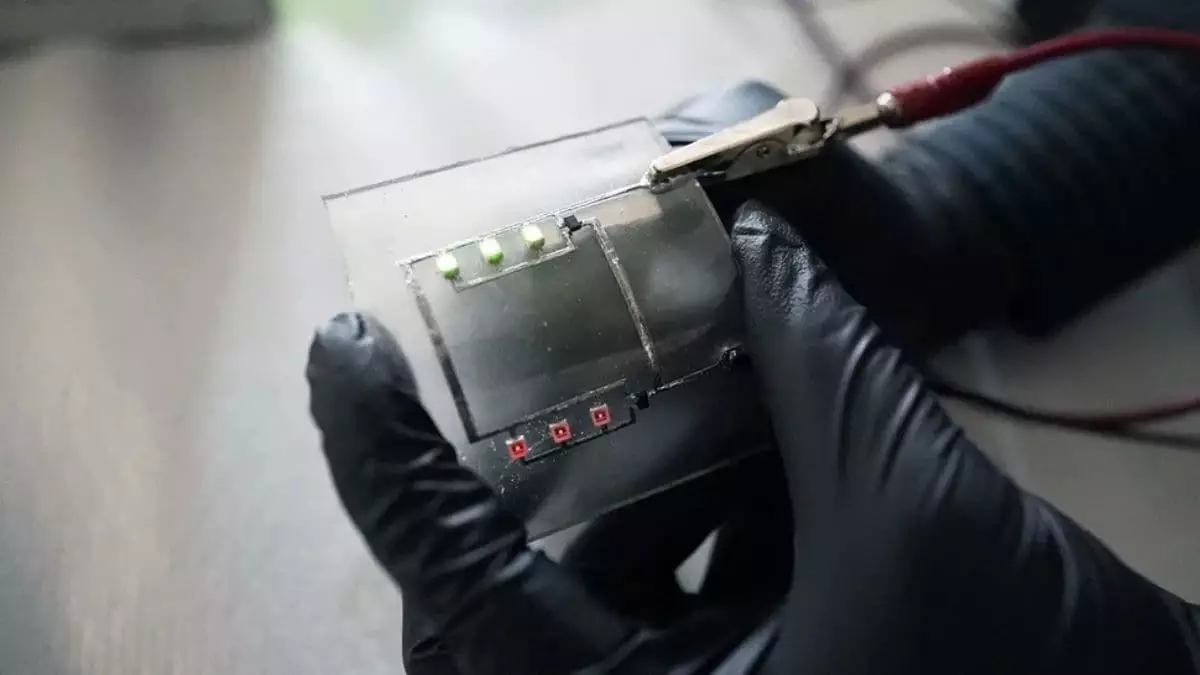Modern electronics, once thought to be delicate and easily damaged, are undergoing a seismic shift thanks to groundbreaking research in materials science. The advent of self-healing circuit boards challenges the very foundation of device durability, promising a future where damaged electronics are no longer discarded but revitalized. This innovation harnesses advanced polymers called vitrimer, infused with liquid metal droplets, to create boards that are not only resilient but also revolutionary in their reparability. Unlike traditional printed circuit boards (PCBs), which are rigid, brittle, and impossible to repair once broken, these new designs can be reshaped and restored simply with heat. This elevates the concept of electronics from consumables to sustainable assets, emphasizing longevity and environmental responsibility.
Breaking the Chains of Obsolescence
One of the most pressing concerns in today’s digital age is the staggering accumulation of electronic waste. The statistics are alarming—worldwide e-waste has more than doubled over a dozen years, threatening ecosystems and drain on resources. Conventional PCBs, made from thermosetting plastics, contribute significantly to this crisis because their repair or recycling processes are prohibitively complex and inefficient. The new vitrimer-based circuit boards offer a radical departure; their chemical makeup allows them to be reshaped, repaired, and even recycled without compromising their electrical integrity. This technology could be the game-changer needed to pivot the electronics industry towards a circular economy—where devices are designed for reuse rather than disposal.
A Step Toward Genuine Sustainability
While the innovation appears promising, a critical eye reveals that its full potential has yet to be realized. The embedded liquid metal droplets serve as flexible conductors, mimicking traditional wiring but with added resilience. The ability of the material to withstand high temperatures and recover its shape and function is impressive, but hurdles remain. For instance, the recovery process for certain valuable metals in the circuit still requires optimization—an important step before widespread adoption. Nonetheless, this development reflects a shift in the industry’s mindset—moving from a throwaway culture to one rooted in repairability and sustainability.
As someone who advocates for responsible innovation, I view this advancement as a necessary evolution rather than a mere technological curiosity. The electronics industry must prioritize green solutions, not just for regulatory compliance but because it is an ethical imperative given the environmental damage inflicted by electronic waste. The new self-healing boards symbolize hope for a future where durability and environmental consciousness coexist, challenging corporations to rethink their manufacturing strategies. If embraced fully, this could lead to a more balanced approach—one that values technological progress alongside ecological stewardship.


Leave a Reply